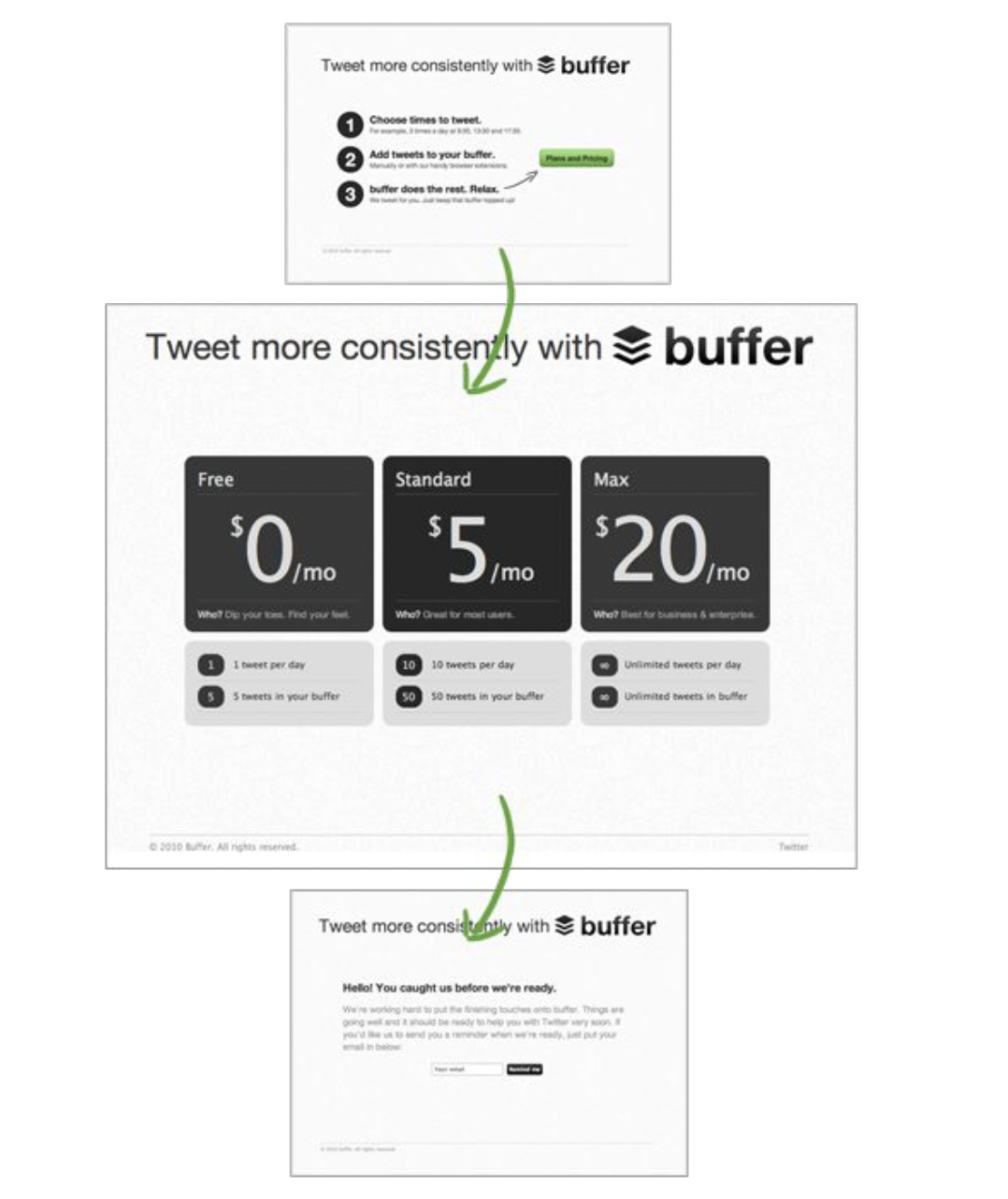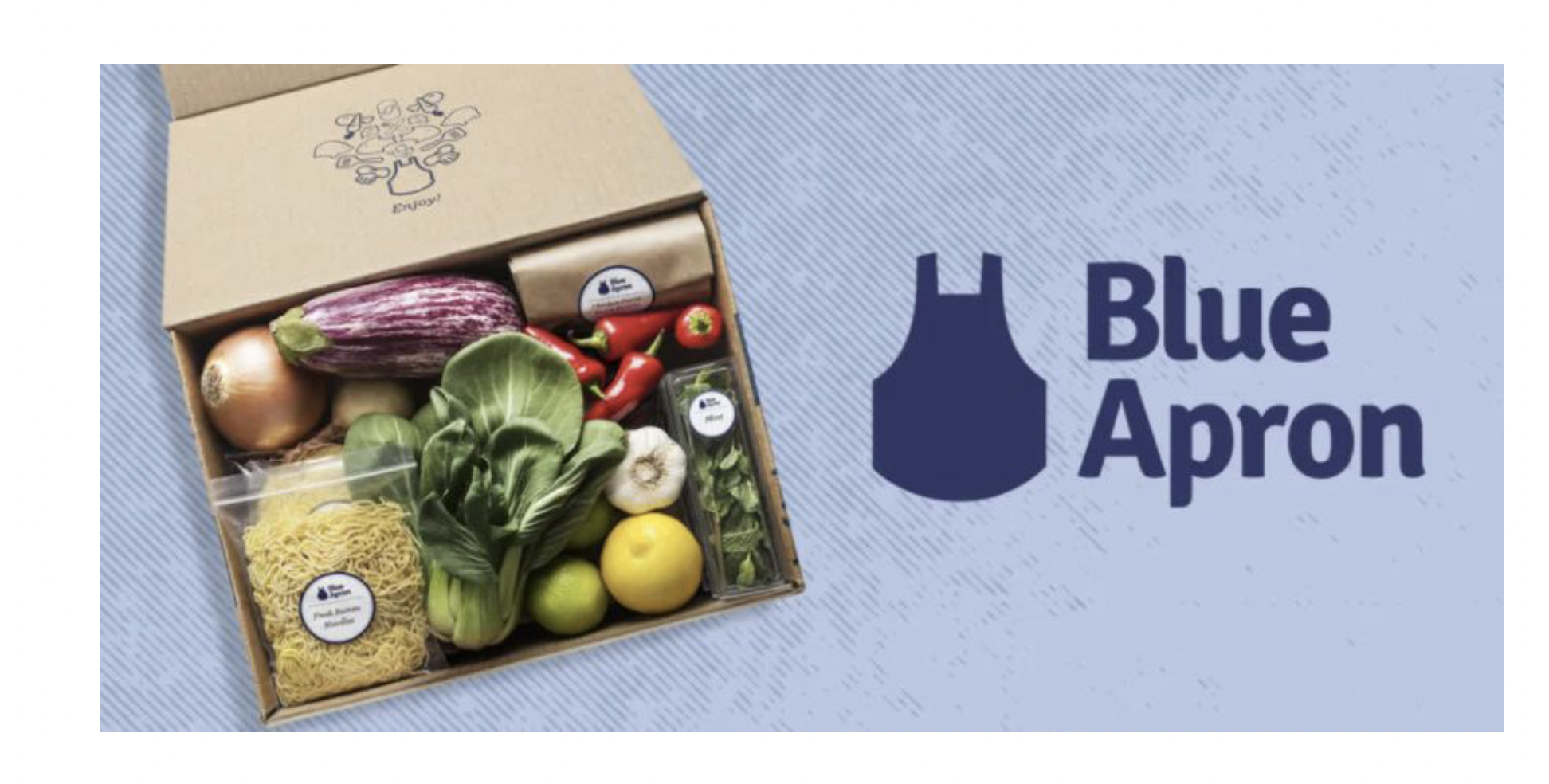February 9, 2023
🏫 Designer Attends Product Management School
I’ve had a romantic interest with Product Management for some time. We spend so much time together it is difficult not. On a product team (UX, Product Management and Engineering) each brings a specialty: do people find it desirable/usable? do we make money off of this? can we build or implement this? Plenty of concentric circles on the internet describe the clear and obvious overlap. Product Manager should know HCD, UX should know how to code, Engineers should understand Product/Market fit. I’ve even thought about becoming a Product Manager (save for another post).
To drive clarity in what a Product Manager does I attended Product Management School for a week. Obvious benefits: 1) become more empathetic with my PMs 2) leave the door open to become a PM.
Here are my speedy observations from PM School:
--
Day 1: Company Core Value & Customer Needs
Company strategy, Golden Circle: Why How What, Personas, North Star Metric, Competition
Day 2: Opportunity Hypothesis
Qual/Quant Data, Blue Sky Opportunities, Financial Projections, Internal Validation, Business Model Canvas, Prioritization Matrix (Value/Effort), Customer Interviews, PRFAQ (Car), MVP (Skateboard, Bike, Car), PRD (Skateboard), Storyboard
Day 3: Idea to Action
Information Archicture, User Flow, Wires, Hi-Fidelity, User Tests, Design Sprint, User Story Mapping, clarify MVP, Agile Metholdology, Sprint Planning (Features/Stories), Code Review,
Day 4: Go to Market Plan
Customer segments and messages, plan launch timing and scope, 4P’s Model (Product, Price, Place, Promotion), Paid vs Earned vs Owned Media, Customer Lifetime Value + Customer Aquistion Costs), Marketing A/B test, Internal test, monitor KPIs.
--
Design is still framed as people who make the product usable and look good. The course didn’t discuss the nuance in the product development cycle on how design leads the customer need from the front.
--
PMs spend most of their time identifying opportunities and planning.
Identify:
- 1000 ideas, via discovery, etc.
- Narrow down to 1 through customer validation, internal questions
Plan
- PRFAQ (aka the Car)
- MVP (aka the Skate Board, Bike and Car)
- Write the PRD or BRD from the previous scope (aka Skate Board)
- Bring to Design, Engineering, etc. for review
--
Two primary product goals and features for the PM: A) Drive customer satisfaction (make key use cases easier for the customer) B) Growth (enable more use cases for new personas to expand)
--
Most enterprise product team use a hybrid of waterfall and lean. You can’t escape waterfall at scale.
--
12 internal questions when considering an idea:
- Is it in-line with our vision?
-
Does it support the product vision or core value?
-
Can we do it well with our capabilities?
-
Does it contribute to our key north star metric?
-
Do we have any data from customers, analytics, survey, or bug reports to support the opportunity?
-
Is it required to meet a critical business initiative?
-
How does it contribute to our users winning?
-
Is it on our roadmap for this year? Or is it something else on our roadmap that makes this idea irrelevant soon?
-
Will it matter in two-years?
-
Will everyone benefit from it? Or is it just a niche audience?
-
Is it worth it? If it succeeds can we support it?
- Can we design so it costs less than the benefits?
--
Customer development interviews are more common when going from 0 to 1. Unknown and unscoped problems. Less common in an existing product.
--
HCD tools help form a link and chain in the SDLC.
- Personas link the vision to an actual person and their needs.
-
Use cases / JTBD describe needs in detail linking a need to product ideas.
-
Ideas provide the fuel for wireframes.
- User flow help understand the nunace in the design screens.
--
Using metrics can be creative and used to describe stories and opportunities. Ex: how customers engage your funnel naturally tells a natural “as-is user journey”.
--
Types of MVPS:
-
Pre-Order MVPs - helps you understand if people want your product (Hipster)
-
Concierge MVP- customers know they are being handed-off (Blue Apron)
-
Wizard of Oz MVP - they don’t know they are being handed off behind the scene. (uber)
- Fake Door MVP - fake package to see who clicks (Buffer)




--
Product Requirements Document helps put all your ideas, plans, target for customer and business goal in one place. PM must over-communicate requirements, goals and decisions.
--
User mapping bridges the journey map to the feature backlog. Journey Map gives high-level customer focus. User Mapping helps clarify MVP and release 2.
--
Top ceremonies the sprint plan and the sprint review. Design sprint can be a way to test the PRD. Design not just how it looks but how it works (performance, API quality, etc)
Why Drezzy liked Amazon
Pros
- Single threaded leader means the large company operates like a startup
- Writing culture means all the details are considered and flushed out
-
hardworking and demanding
--
It is OK to have a few different messages to different segments in marketing. To ensure a product launches successfully you will work closely with the marketing team, some roles having a Product Marketing Manager.
--
Customer Lifetime Value be greater than the Customer Acquisition Cost.
Where do I go from here?
Wow I loved this class, at the time I am still not ready to pull the chord on going exclusively in the PM role. I would love something that would allow me to flex my design and PM goals. I will continue to attack the gaps in my experiences: 1) understanding core metrics across companies 2) doing financial projections (below) 3) go-to market strategy 4) growth and discovery tactics.
tl;dr - my notes
Day 1: Intro to Product Management, What is the Why or Core Values Behind the Company or Product
The course followed the product development lifecycle:
- Identify an opportuntiy (where PMs spend most time)
- Set Goal & Plan
- Design
- Develop
- Launch
- Assess & Learn
- Repeat
What does a Product Manager do?
This could be another post altogether, outline this juicy provocation from our PM friends. Here we see design described as the person who makes things usable and look great. Later we would find out in the course that design does a lot more than what is described on the screen. What concerns me is this is a large institution, out of San Francisco teaching product managers what designs role is. It is exhausting having to constantly teach people what design is.
Additional PM responsibilities:
- Great at discovery and identifying growth opportunities
- Great at defining the big picture roadmap and the details of the product (zooming out and zooming in)
- Great at the follow-through and the go-to-market
- Great at details and big picture
- Easy to work with and a facilitator
- They have to nail the basics of “will this make us money” over everything else
- PMs are the conductor of the orchestra, they lead without playing an instrument
How does Project, Program and Product Manager differ?
- Project: ensure work happens on schedule, on budget, Kaban
- Program: status of projects, sequencing of work, capacity and team health
- Product: facilitates building the product in collaboration with UX, engineering, sales, etc
- What feature to build?
- Product vision? 1, 3, 5 years
Types of Product Managers:
- General: focus of the course, most flexible
- Technical: usually has an engineering background, doesn’t interface with design much, highly technical
- Project-focused: similar to project manager, owns the schedule instead of plans/goals
- Growth: focuses less on the life of product and more on improving a certain business metric
Do Product Managers practice Water Fall or Lean?
Waterfall tends to be rigid, linear and sequential, whereas Lean tends to be fast paced and adaptable … the harsh reality is that they practice a hybrid or both. This was crazy helpful to understand that is a combo of both.
You need to have a core value and higher purpose. Otherwise you are a solution searching for a problem.
Start with Strategically Understanding a Company
Per Simon Sinek, understand why a company seeks to exist (aka the Golden Circle). Why > How > What.
Think about Nike, what are they really selling. They sell a commodity — shoes and shirts. Sure they get designers that are unique and occasionally leverage new technology, but it's a commodity. Understanding the why is really at the core of a product — what type of feelings apart from the commodity allow it to stand-out. Some companies know how they do it, everyone knows what they do (products, services, etc).
Apple:
Why- allow passionate people to be their best
How- make products beautifully designed an accessible
What- Computers, phone and laptops
Companies without a core motivation will struggle when they hit trouble. You need something bigger to guide you.
Personas are created to represent customers. They are based on real people and the help tell us: their behaviors including: needs (functional & emotional), pain points and motivations. If we can understand their needs on a deeper level we will ensure customer satisfaction and loyalty.
We use personas not for busy work, but to help make decisions about the product through the lens of the persona.
Think of the causer and effect as:
- Why do we exist? Core value
- Who is our user? Persona
- What is a scenario we intend to solve? Use case
- What is the product? Tangible or intangle
Use cases link us from the persona to the product
- Use cases is a situation the company expects you to use the product to address
- There should be a specific problem the persona wants to solve or goal they need to achieve
User stories can help describe this:
- Persona + Need + Purpose
- As a ___
- I need to ___
- So that ____
Success Metrics allow us to:
- Be intelligent
- Help us keep score
How should I use metrics:
- Establish a baseline
- Determine a course of action
- Build a business case
- Evaluate success
- Move forward using data
North Star metrics help our business focus on the long-term growth and not just the short-term.
Amazon ‘s latest North Star metric — number of active prime subscribers
Don’t measure everything because it will be more noise to sift through.
Day 2: Creating an Opportunity Hypothesis
Narrow in on the local maxima, but don’t miss the trees for the bigger forest. Make sure that your product can grow over time.
Benefits of Quant Data
- Metrics provide data-driven opportunities
- People are bad at self-reporting — data is more objective
- All metrics collectively — requires analytics and down-sizing the data
- Interesting metrics — tell us what happened before we jump into why
Most Companies have combo of data roles (aka data wranglers)
- Data scientist
- Data engineers
- Data analyst
- Use data to help segment your customers:
- Look at data to funnel the customer into a journey of the as
-is
Funnel Metrics or Pirate Metrics or ARRRR
Metrics = Opportunity
Day 3: Idea to Action:
Identify:
- 1000 ideas, via research discovery, etc
- Narrow down to 1 through customer validation, internal questions
Plan
- PRFAQ (aka the Car)
- MVP (aka the Skate Board, Bike and Car)
- Write the PRD or BRD from the previous scope (aka Skate Board)
- Bring to Design and Engineering for review
Over Communicate requirement, goals and decision
Day 4: Launching to Market with a Delivery Plan (Marketing)
- Now and Future columns … write what the customer gets today and what they’ll get in the future
- The shorter but wider appeal the better
- Create different messages for different customers segments in mediums’